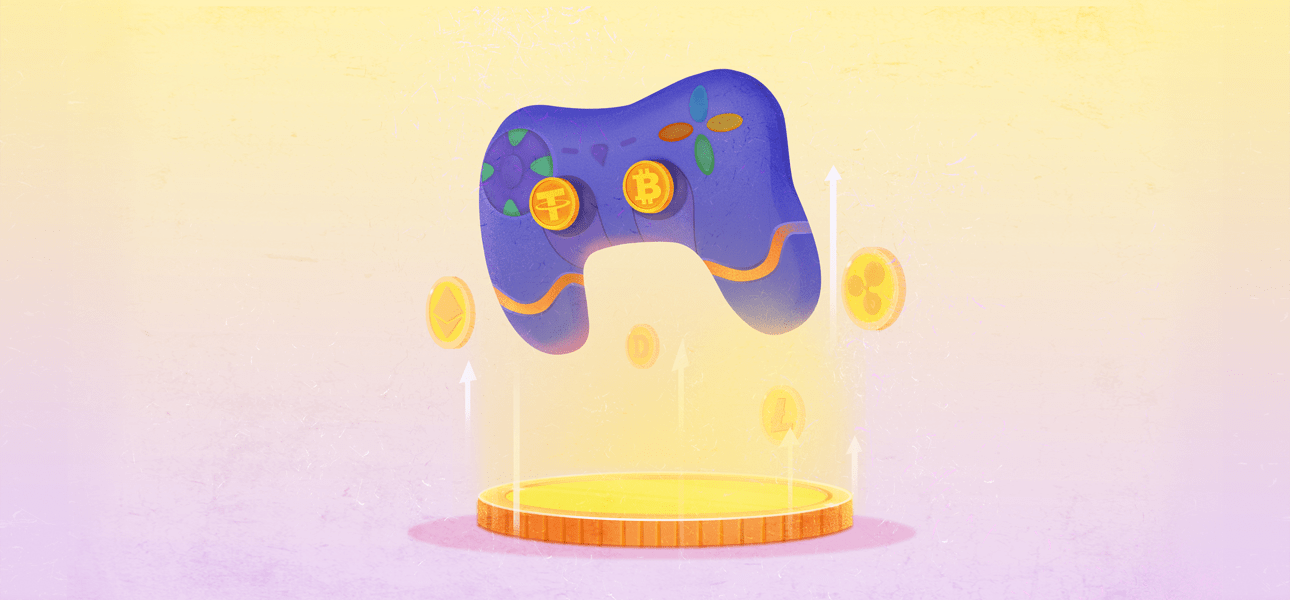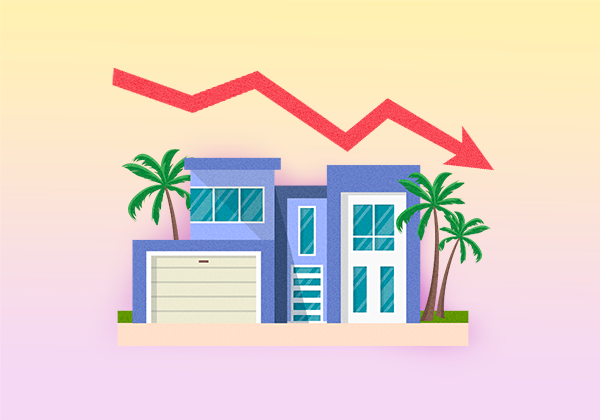
What is GameFi, and How Does It Work?
Imagine a world where the hours you spend playing video games not only provide entertainment and excitement but also translate into tangible, real-world value. Picture a gaming landscape where players have the power to earn, own, and manage virtual assets, shaping their own financial destiny while having fun. Welcome to the world of GameFi!
In this article, we will delve into GameFi, exploring its core concepts and mechanics, and distinguishing it from traditional gaming experiences.
What is GameFi?
The term GameFi originates from the fusion of the words "game" and "finance." It pertains to play-to-earn blockchain games that provide monetary rewards. The GameFi ecosystem encompasses a virtual gaming environment that integrates cryptocurrency, non-fungible tokens (NFTs), and blockchain technology.
Individuals taking part in these games have the ability to accumulate rewards within the game by fulfilling tasks, engaging in competition with other players, and advancing through a series of levels. Also, they are able to trade their virtual assets on platforms where cryptocurrencies and non-fungible tokens are bought and sold.
How Does GameFi Work?
In GameFi, players get rewards in the form of digital money or items like land, characters, weapons, and clothes. Each GameFi project has its own special way of rewarding players and running the game. Usually, virtual items are like special tokens called NFTs that are kept on a secure system and can be traded on certain websites. But sometimes, these items need to be changed into NFTs before they can be sold or traded.
In-game assets often grant users specific advantages that enable them to secure greater rewards. Some games also feature avatars and additional cosmetic items that have no bearing on gameplay or earnings. Players can also accumulate passive income through staking or lending their in-game assets to other participants.
Now, let's examine the key characteristics of GameFi.
The Play-2-Earn Concept
At the heart of GameFi projects lies the innovative play-to-earn model, which stands in stark contrast to the traditional pay-to-play approach prevalent in conventional video games. In the latter model, players must spend money to access the game, such as purchasing licenses or subscribing.
Traditional video games generally do not financially benefit players, and game assets are controlled and owned by the game developers. Conversely, play-to-earn games grant players complete control over their in-game assets and enable them to generate income.
It is crucial to note that the level of control and earning potential depends of each specific GameFi project. Ideally, blockchain technology should afford players full control over their in-game assets, but this may not always be the case.
Although play-to-earn games are often free, some GameFi projects necessitate the purchase of NFTs or crypto-assets before playing. Therefore, it is highly recommended to conduct thorough research and evaluate risks accordingly.
Axie Infinity, a popular Ethereum-based NFT game established in 2018, exemplifies the play-to-earn model. Players earn SLP tokens by completing daily quests and competing against others with their NFT pets (Axies). AXS tokens are also rewarded for milestones reached in PvP battles. Both AXS and SLP can be used to create new Axies, which can be used in-game or sold on NFT marketplaces.
Axies can also be lent to other users to generate income without active gameplay through a model known as "scholarship." This allows players to borrow Axies to play and earn rewards without any investment, while Axie owners earn passive income. The rewards earned are then shared between scholarship players and Axie owners.
Virtual Asset Management
As previously mentioned, GameFi allows players to own avatars, pets, houses, weapons, tools, and more as blockchain NFTs in contrast to traditional video games. This grants players factual ownership and full control over their assets.
Popular metaverses such as Decentraland and The Sandbox focus on virtual land ownership and monetization. In The Sandbox, players can purchase digital properties, develop them, and generate income. For instance, the platform enables users to charge others for visiting their land, earn tokens for posting content or hosting events, and rent out their properties to other players.
What's the Difference Between Games and GameFi Projects?
The primary difference between traditional games and GameFi projects is the financial aspect. Traditional games offer entertainment without financial rewards, while GameFi projects incorporate blockchain technology, allowing players to earn cryptocurrencies and own tradable digital assets (NFTs) through the play-to-earn model. This enables players to monetize their gaming activities and maintain full control over their in-game assets.
Conclusion
GameFi represents a groundbreaking development in the gaming industry, amalgamating the principles of decentralized finance with the engaging and immersive nature of video games. Through the Play-2-Earn model, players are empowered to generate value from their gaming experiences, transcending the traditional boundaries between entertainment and financial reward. Moreover, virtual asset management and ownership grant players unprecedented control over their digital assets, fostering a sense of agency and participation in the gaming ecosystem.
While it is essential to acknowledge the potential risks and challenges associated with the rapid growth of GameFi, its transformative impact on the industry cannot be understated. As the line between games and GameFi projects continues to evolve, it is imperative for scholars, developers, and policymakers to closely monitor and engage with this emerging field.
► Sabai Academy — a place where studying blockchain, crypto, fractional ownership, and real estate investments becomes a catalyst for capital growth!
Sabai Academy
Smart Reward System exclusive for academy participants!
Related Articles

FULL GUIDE: Property Pools

Cryptocurrencies and Stocks: What are the Differences?

